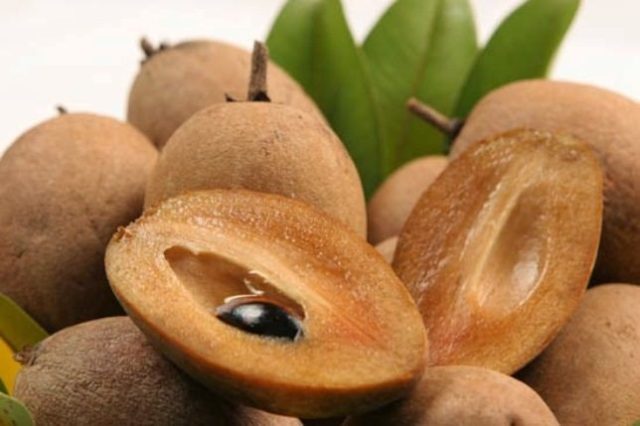Did you know that although Costa Rica represents only 0.03% of the earth’s surface, it contains approximately 5% of the world’s biodiversity? The geographic location of Costa Rica between North America and South America means that it has served as a bridge for an endless number of species, both animals and plants, including some incredible, delicious, and exotic fruits.
Our country enjoys a tropical climate that allows the production of unrivaled flavors. These contribute to its classic and charming gastronomy, which it shares with other Latin American countries. The country is the largest fruit producer in the central region of America, exporting approximately 60% of its production that comes from the 114,000 hectares of crops.
Banana
Among the main fruit trees in the country is the banana. It is of an oblong shape, from 10 to 35 centimeters. Its green skin changes to yellow when ripe. The texture of the fruit is creamy, with a sweet slightly vanilla flavor. It is mainly consumed fresh, in ice cream, with milk, in fruit salads, and in pastry shops.

The quality of our bananas is the result of 130 years of cultivation in Costa Rica. This crop is one of the most important culturally and economically in the country. Costa Rica reaches 10% of banana world exports. It belongs to the Musaceae family and is originally from Southeast Asia. The most cultivated variety in the country is the Cavendish, although it also produces the Gros Michel varieties known as “criollo”. The areas of banana cultivation, in the country, are located in the canton of Talamanca and its surroundings.
Cocoa
The cacao tree belongs to the family of the “Sterculiaceae” and is native to the Amazon. It can reach, in just 3 months, from 4 to 8 meters in height. Its cup is round, from 2 to 4 meters around, and its trunk is straight. Its fruit is of oblong shape -about 15 to 20 centimeters- of yellowish orange tone, whereas its meat is white with big black seeds. It is used to make the world’s well-known product: chocolate.

Coffee
This is a shrub of the Rubiaceae family, which bears fruits after 8 to 9 months. Its fruit is red berries, bright and fleshy, similar to cherries. The fertile soils of volcanic origin present in Costa Rica favor the cultivation of coffee. Its fruit is used to make infusions with roasted and ground seeds. It is produced in the Brunca, Turrialba, Tres Ríos, Orosí, Tarrazú, Central and Occidental Valleys and Guanacaste regions, where they use manual and selective fruit harvesting, only by choosing the best ripe grains.

Here we show you a brief list of local fruits of Costa Rica:
Tacaco
It is a plant related to the chayote, native to Costa Rica. It is usually prepared in different dishes, such as meat pots, in which only its pulp is cooked and without peel is used. Currently, an initiative is being promoted in our country to call it the cultural and natural heritage of Costa Rica.
Pejibaye
It is a tropical palm of America, its fruits usually come in clusters of up to 140 yellow, orange or scarlet pieces depending on their maturity. It has thin skin and a flavor
sweet with a starchy texture. In addition, the trunk of the plant produces palm hearts that are also used for culinary recipes.
Níspero
This fruit is also known in the Mexican southeast. It has a sweet aromatic flavor, very similar to a plum but with a translucent pulp and brown skin. From the sap of the trunk of the tree, a kind of chewing gum is produced since pre-Hispanic times.

Cas
It is a fruit of the Myrtaceae family, native the tropical American regions, though can also be grown in temperate climates. Its shape is similar to that of the guava. It has a soft and yellow skin that according to its ripeness varies in color. Due to its flavor, it is usually used in soft drinks and syrups.
Pitaya
This cactus fruit is native to America. In Costa Rica, its varieties are white, yellow, or red. This beautiful fruit is known for its sweetness and the nutty flavor of their seeds.
Granadilla
One of the local people’s favorite, this egg-shaped fruit contains a delicious combination of gelatinous fruit and edible seeds within a rough exterior. It can be eaten alone or in soft drinks. Sometimes, it is added to other natural drinks to improve the flavor and aroma.

Rambutan
A close relative of the lychee, it is actually native to tropical Southeast Asian regions; that is why it is known in Costa Rica as the “Chinese” mamón. Once you get over its strange hairy red exterior, you will find a sweet white fruit on the inside. But you have to be careful; the fruit itself contains a hard seed, which you will have to avoid swallowing.
Whenever you come to our country, do not forget to taste at least one -or all- of these native delicious fruits readily available for all tastes and palates.

